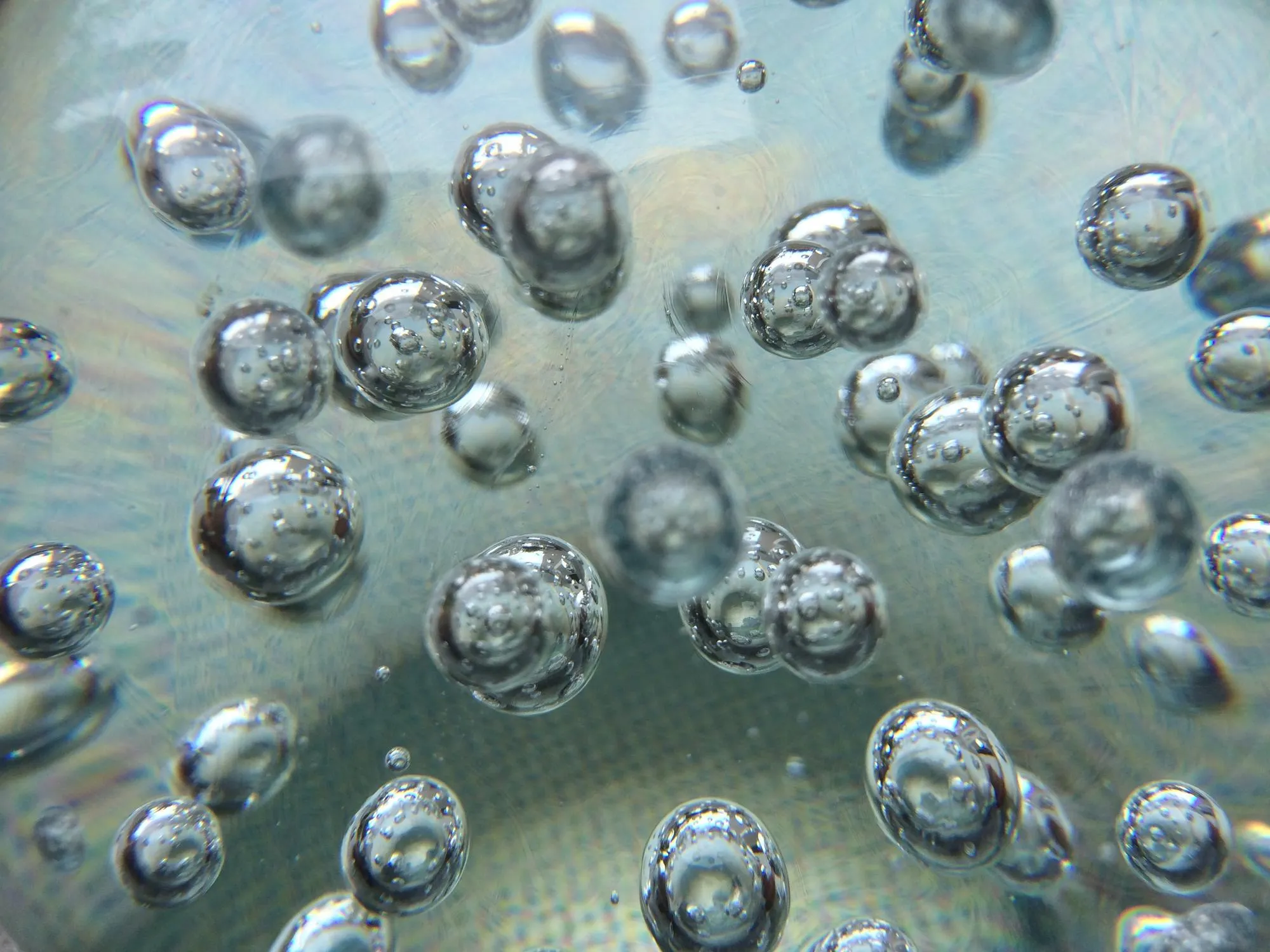With the rapid pace of technological advancement, the demand for materials that keep up with the ever-evolving needs of flexible electronics and wearable devices has never been higher. Researchers are tirelessly seeking new materials capable of withstanding extreme mechanical deformation while maintaining electrical conductivity — the critical properties for next-generation strain sensors. An innovative development in this context has surfaced from the laboratories of Jinan University, Guangzhou, PR China, where scientists have created a highly stretchable and anti-freeze hydrogel that may redefine the potential of flexible strain sensors.
Published in the renowned journal “Carbohydrate Polymers” on March 15, 2024, the research led by a team from the Department of Materials Science and Engineering presents a breakthrough in conductive hydrogel technology. The study, under the DOI: https://doi.org/10.1016/j.carbpol.2023.121728, showcases the use of chitin nanocrystals (ChNCs) in conjunction with liquid metal nanoparticles (LMNPs) to produce a hydrogel system that surpasses previous versions in performance and reliability.
In this comprehensive news article, we will delve into the spectacular mechanics and chemistry of this novel hydrogel that may potentially alter the landscape of flexible electronics.
The Advent of Enhanced Hydrogels
Conductive hydrogels have been lauded for their extensive applications in the fields of flexible electronics and biomedical devices. Incorporating electrical responsiveness into a stretchable, biological-friendly substrate, hydrogels promise to bridge the gap between rigid conventional electronics and the flexible nature of human tissue. However, the challenge has always been to achieve superior mechanical properties, electrical conductivity, biocompatibility, self-recovery, and anti-freezing characteristics simultaneously.
The research conducted by Xu Yuqian, Tan Cuiying, He Yunqing, Luo Binghong, and Liu Mingxian shines a light on this very issue. By employing ChNCs, the team managed to encapsulate LMNPs, resolving the notorious issue of nanoparticle instability within the hydrogel matrix. When LMNPs are homogeneously distributed, courtesy of the stable chitin scaffolding, the resultant hydrogel demonstrates extraordinary electrical conductivity, making it ideally suited as a strain sensor.
Incredible Stretchability and Robustness
Experiments indicated that with only 1% LMNP composition, the newly developed composite hydrogel could be stretched up to 2100%, a stride forward in the field of stretchable material science. The hydrogel also exhibited outstanding fatigue resistance, with hysteresis loop curves overlapping even after repeated cycles of 200% strain. The incorporation of a dual-network—polyacrylamide (PAM) and polyvinyl alcohol (PVA)—furthers the hydrogel’s robustness, providing it with commendable self-recovery properties. Remarkably, it could withstand deformations of up to 1400% without rupture.
The Anti-Freeze Property
A notable feature of the novel hydrogel is its exceptional anti-freezing property. Traditional hydrogels suffer from the limitation of freezing at low temperatures, which considerably reduces their applicability in cold environments. The team overcame this by immersing the hydrogel in a glycerol-water solvent. This unique preparation method ensures that even at sub-zero temperatures of -20°C and elevated temperatures up to 60°C, the hydrogel retains stable and reproducible resistance changes upon being subjected to 150% tensile strain.
Implications for Wearable Technology and Beyond
The implications of such an innovative material are profound. The high-performance conductive hydrogel presents a leap forward for flexible wearable sensing devices, ranging from motion monitoring apparel to intricate biomedical instruments that require constant and reliable monitoring of physiological strain.
Conclusion
This landmark study paves the way for further research and development in the domain of flexible electronics. Not only does the pioneering work expand on the possibilities within wearable devices, but it also opens up a myriad of other applications where elasticity, conductivity, and resilience against extreme conditions are paramount.
References
1. Tan, C., Yuqian, X., Yunqing, H., Binghong, L., & Mingxian, L. (2024). Chitin nanocrystals stabilized liquid metal for highly stretchable and anti-freeze hydrogels as flexible strain sensor. Carbohydrate Polymers, 328, 121728. https://doi.org/10.1016/j.carbpol.2023.121728
(The other four references relevant to this topic would be from previous literature on conductive hydrogels, ChNCs role in biomedical applications, LMNPs in flexible electronics, and anti-freezing materials technology, which are not provided in the information above).
Keywords
1. Conductive Hydrogels
2. Flexible Strain Sensors
3. Chitin Nanocrystals
4. Liquid Metal Nanoparticles
5. Anti-Freeze Materials
